New Mars Forums
You are not logged in.
- Topics: Active | Unanswered
Announcement
#26 2017-01-24 08:06:08
- Tom Kalbfus
- Banned
- Registered: 2006-08-16
- Posts: 4,401
Re: Landmaking
The difference between island and ship is more one of stability, I think. If you design your ocean platform to be stable, even whilst floating - perhaps by having it raised high above waves on submerged pontoons - then you can pretty much treat it as an island.
That is what a platform is, I don't see how you can make that out of cans and bottles floating on the surface. If one wants to make a raft that floats on the surface, its going to pitch and roll. If the cans and bottles are tied together with ropes, you are going to see waves in its surface. If you want an ocean platform that is stable, you are going to have to float it below the rolling surface, and then support the structure on stilts so it can be held above he rolling ocean surface. It has some advantages over traditional ocean front property. If the ocean swells, the houses rise with it rather than getting flooded. It is an answer to global warming as well. If the ice caps melt, ocean platforms simply rise with the ocean, this is a lot cheaper than trying to mitigate global warming, better a blade of grass that bends with the wind than a reed that snaps!
This doesn't matter to floating platform homes. Not saying this will happen, but if it does.
Offline
Like button can go here
#27 2017-01-24 20:21:11
- SpaceNut
- Administrator
- From: New Hampshire
- Registered: 2004-07-22
- Posts: 29,905
Re: Landmaking
Thats what global warming is doing but those that disbelieve that there is anything going on will just tell you to make more garbage and pollute more water....that there is no reason to be concerned....
The melted plastics would beused in blocks which could be filled partially with water to keep them less boyant and more like an iceberg by placing more mass below the water line to make it less sensitive to waves....
Offline
Like button can go here
#28 2017-01-24 21:15:59
- Tom Kalbfus
- Banned
- Registered: 2006-08-16
- Posts: 4,401
Re: Landmaking
Most climate change is slow and takes generations, that would mean generations of technological change before the map of Earth look like this:
I think if we can land on Mars in less than a generation from now, I sure we can also think of better solutions to global warming than the ones we have available now. Just placing something to block sunlight between the Earth and the Sun would do the trick.
Offline
Like button can go here
#29 2017-01-25 05:16:56
- karov
- Member
- From: Bulgaria
- Registered: 2004-06-03
- Posts: 953
Re: Landmaking
Just to note that http://www.worlddreambank.org/D/DUBIA.HTM -ization of Earth IS landmaking, too.
OK, some coastal lands shall be drowned, but the deserts - cold and hot will disappear ( forests from pole to pole as it was few dozens of millions of years ago with approx. the same distro of water/land, continental pattern ... ) , hence the landmaking balance shall be positive by at least a factor of magnitude.
Opening up all ocean currents lines and creation of new ones will in fact stabilize the climate...
Offline
Like button can go here
#30 2017-01-25 08:18:11
- Tom Kalbfus
- Banned
- Registered: 2006-08-16
- Posts: 4,401
Re: Landmaking
Siberia is mostly there, and there is Antarctica.
Offline
Like button can go here
#31 2017-01-25 11:19:01
- elderflower
- Member
- Registered: 2016-06-19
- Posts: 1,262
Re: Landmaking
Just a bit crap for those who live near sea level. eg me and 3 billion others.
Offline
Like button can go here
#32 2017-01-25 11:52:54
- Tom Kalbfus
- Banned
- Registered: 2006-08-16
- Posts: 4,401
Re: Landmaking
Just a bit crap for those who live near sea level. eg me and 3 billion others.
Do you think you will still be around when the Ocean rises by 1 foot in the year 2100 AD. Do you think all those people can step back a foot raise their houses by 1 foot or simply build more houses at higher elevations in that time? I don't see any reason to get all worked up about a 1 foot rise in sea level that our descendants may have to face, and I think they will be better equipped to deal with global warming than we will. Descendents that build these:
and these: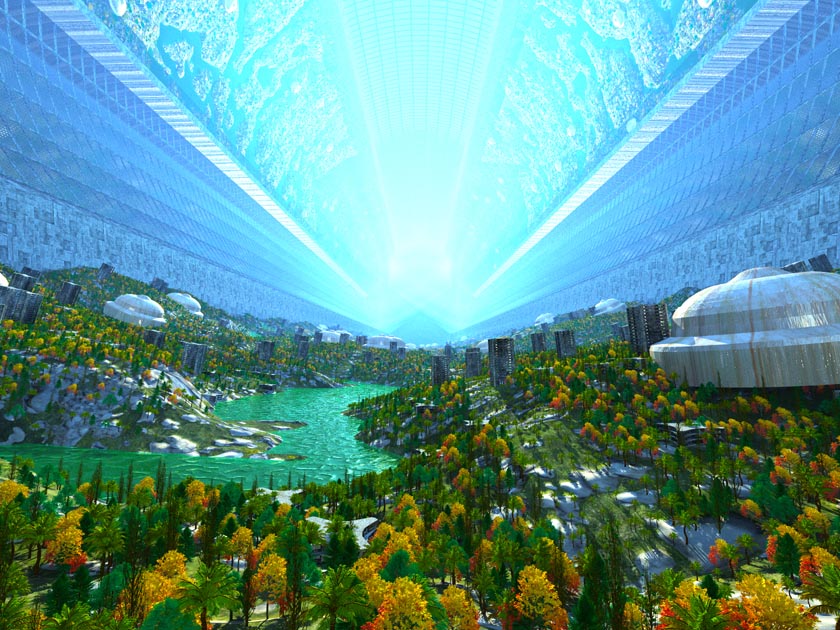
and these: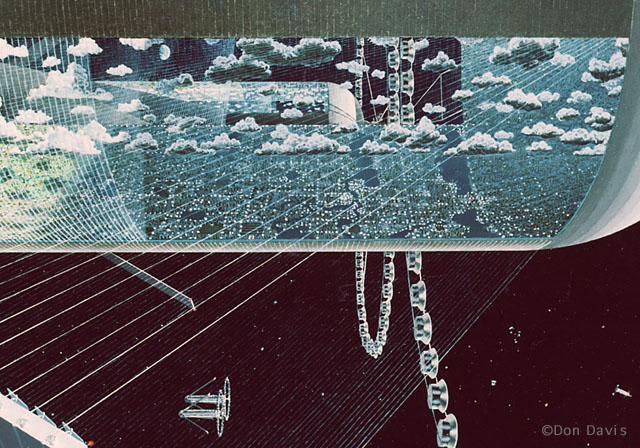


Do you really think people capable of doing this would be drowing in 1 foot of water at the sea shore?
Offline
Like button can go here
#33 2017-01-25 12:14:06
- elderflower
- Member
- Registered: 2016-06-19
- Posts: 1,262
Re: Landmaking
If it is just one foot, existing sea defences in the UK will not be overwhelmed too much. If it is several feet my descendants will have an unnecessary problem. The inhabitants of places like Bangladesh, Cambodia or Florida will be largely displaced and you will see a refugee problem far exceeding any caused by the odd war.
Offline
Like button can go here
#34 2017-01-25 12:37:54
- Tom Kalbfus
- Banned
- Registered: 2006-08-16
- Posts: 4,401
Re: Landmaking
If it is just one foot, existing sea defences in the UK will not be overwhelmed too much. If it is several feet my descendants will have an unnecessary problem. The inhabitants of places like Bangladesh, Cambodia or Florida will be largely displaced and you will see a refugee problem far exceeding any caused by the odd war.
That is why we will build space colonies for them to live in. People tend to exaggerate global warming to precipitate hasty action and sacrifices. There is very little we can do now that will have much affect in the world of 2100 AD! Just as I don't think there was much people in the 19th century could have done to make our World a better place. People in the 19th century weren't worried about global problems, they had plenty of immediate problems right in front of them, and by the way, so do we! Our descendants will be more capable and technologically sophisticated than we, problems will be more easily solved by them than us, but if we cripple ourselves, we won't ever get to that future.
Offline
Like button can go here
#35 2017-01-25 12:43:47
- Terraformer
- Member
- From: The Fortunate Isles
- Registered: 2007-08-27
- Posts: 3,988
- Website
Re: Landmaking
Why don't they move today, to the space colonies we built in the far off year of 2000AD?
I find your faith in progress to be... disturbing.
Use what is abundant and build to last
Offline
Like button can go here
#36 2017-01-25 20:54:58
- SpaceNut
- Administrator
- From: New Hampshire
- Registered: 2004-07-22
- Posts: 29,905
Re: Landmaking
Tom Kalbfus life in a bottle at the bottom of the sea reminds me of the other topic that I created about.
Earths Oceans Explored - but why not colonized
Offline
Like button can go here
#37 2017-01-25 23:08:49
- Tom Kalbfus
- Banned
- Registered: 2006-08-16
- Posts: 4,401
Re: Landmaking
Why don't they move today, to the space colonies we built in the far off year of 2000AD?
I find your faith in progress to be... disturbing.
What's so special about the year 2000 other than its divisible by 1000?
The year 2000 is between two science fictional years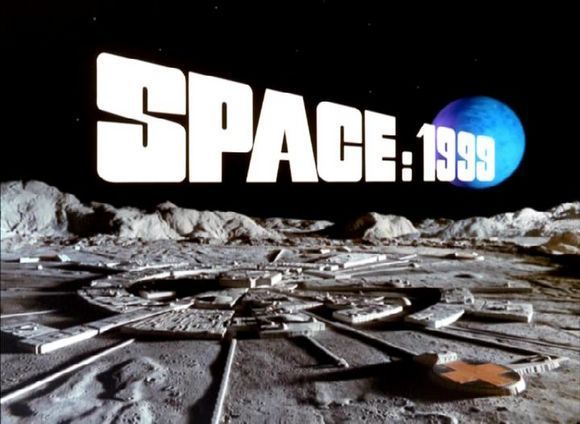
and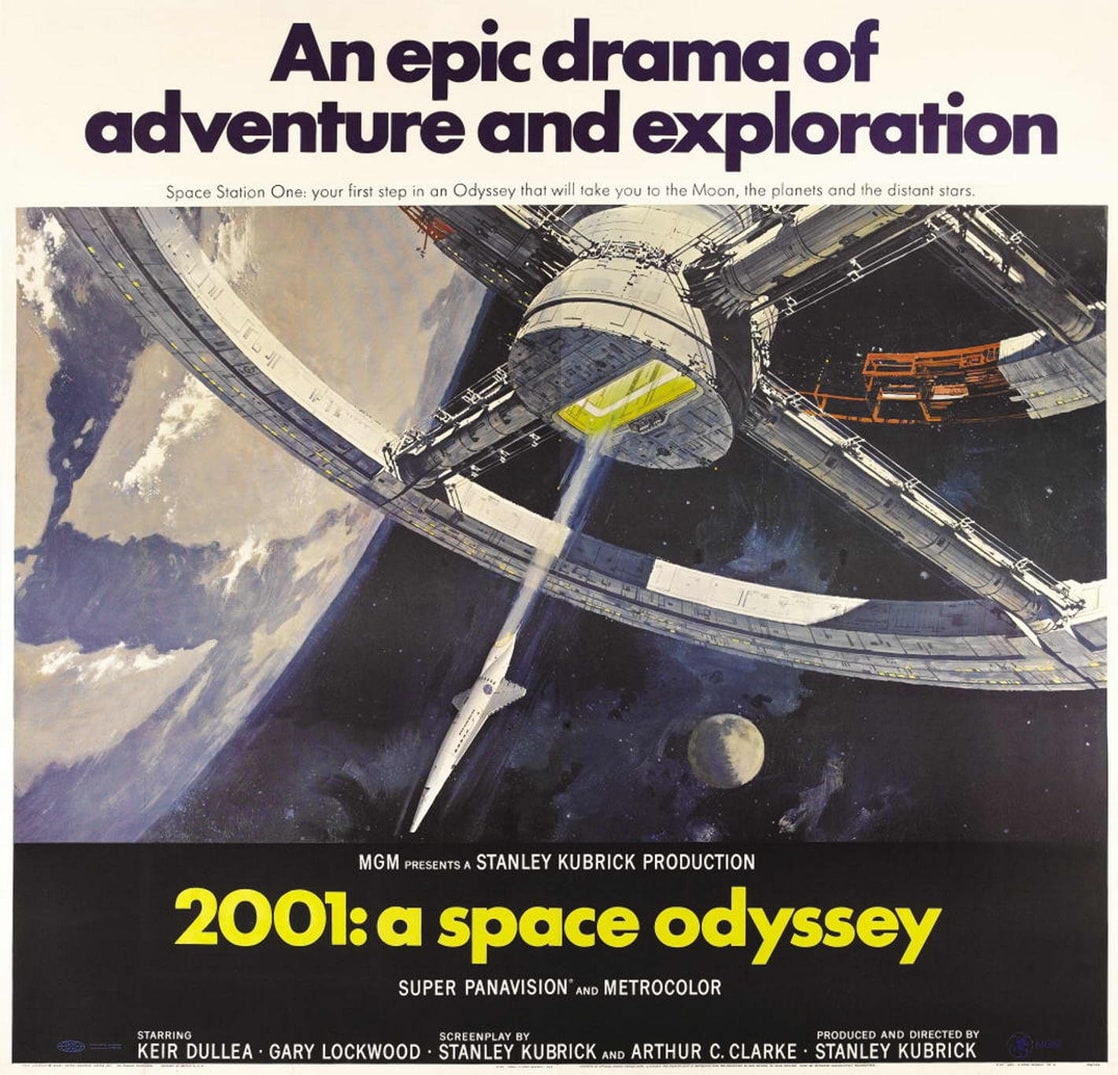
Both made guesses about what would come to pass and when based on when the Millennium was ending, the year 2000 was quite an arbitrary date in fact. 2001 came out in 1968, Space 1999 came out in the 1970s. So lets use the base date of 1970 as our arbitrary present. Imagine we lived in 1970 and we were making predictions about the future based on what has happened so far. NASA has just celebrated its 11th anniversary, and we can see a decade worth of accomplishments. It wasn't too long after the Soviets launched Sputnik, and we launched John Glenn into orbit, we did the Mercury, Gemini, and Apollo missions. All these missions had one thin in common, they relied on a throwaway rocket architecture. Nixon was trying to decide what to do, whether to attempt to build a reusable shuttle of go on with the throwaway rocket architecture to put a man on Mars. We could have done it too, each new first would have cost more and more.
The future envisioned by Arthur C Clarke was on based on linear projection from what has gone on before, namely that the Cold War would go on and so too would the Cold War Space Race with the United States and the Soviet Union continuing to try to top each other, and each one's space budget getting larger and larger to accomplish this. An Optimists linear projection of the future might go something like this:
1969 Apollo 11
1970 Apollo 12, Apollo 13
1971 Apollo 14, Apollo 15
1972 Apollo 16, Apollo 17
1973 Apollo 18, Apollo 19
1974 Apollo 20, Apollo 21
1975 Skylab Launched into low Earth orbit Apollo 22 Capsule delivers the Skylab 1 crew
1976 Apollo 23 Skylab 2 crew, Apollo 24 Skylab 3 crew
1977 Apollo 25 Skylab 4 crew, Apollo 26 Skylab 4 crew
1978 Space Shuttle Columbia Launched with a crew of two astronauts
1979 Space Shuttle Challenger Launched with a crew of two astronauts
1980 Space Shuttle Atlantis Launched with a crew of two astronauts
1981 Space Shuttle Discovery Launched with a crew of two astronauts
1982 Space Shuttle Endeavor Launched with a crew of two astronauts
1983 Space Shuttle Odyssey Launched with a crew of two astronauts
1985 Each Shuttle is launched twice per year for a total of 12 shuttle launches averaging about 1 a month
1986 the Launch rate increases to 4 times a year for a total of 24 shuttle launches
1987 NASA begins construction of a space station, the shuttles ferry up module after module
1988 The Launch rate goes to 8 times a year the shuttle fleet now launches a total of 48 missions in a single year
1990 NASA develops its fly back external tank, and a pair of winged liquid fueled side rockets the Shuttle is now totally reusable.
1991 The launch rate increases to 16 times per year for a total of 96 shuttle missions undertaken in a year.
1992 The Space Station Freedom is complete!, A Lunar tug is launched into orbit on top of an Expendible Saturn VI rocket. The shuttles deliver fuel to the tug in low Earth orbit.
1993 Lunar tug delivers space station modules into Lunar orbit. Another Lunar tug is launched into orbit and is fueled by the fleet of shuttles
1994 The orbiting Lunar Space Station is complete. A lander is delivered to the space station and Lunar tugs deliver fuel to the lander. The Lunar Lander is a one stage reusable vehicle that is refueled at the Lunar orbiting space station.
1995 The first astronaut since the Apollo 21 mission sets foot on the Moon.
1996 A Lunar base is set up on the Moon's surface, astronauts begin long term habitation of the Moon
Offline
Like button can go here
#38 2017-01-26 20:14:21
- SpaceNut
- Administrator
- From: New Hampshire
- Registered: 2004-07-22
- Posts: 29,905
Re: Landmaking
I actual do remember the TV show of space 1999 and the movie of 2001 space odyssey....
The shuttle had its first bump in the rock in 1986 which caused a total shut down for several years before they would even try to risk life once more.... Up until them I was hoping that Nasa would be on its way to more than just a LEO.....all of which the shuttle was the wrong vehicle design for....
Offline
Like button can go here
#39 2017-01-28 07:06:17
- karov
- Member
- From: Bulgaria
- Registered: 2004-06-03
- Posts: 953
Re: Landmaking
Just a bit crap for those who live near sea level. eg me and 3 billion others.
Well, yes, but it would take centuries.
Plenty of time to dev the new coastlines.
Offline
Like button can go here
#40 2017-01-28 09:41:46
- Tom Kalbfus
- Banned
- Registered: 2006-08-16
- Posts: 4,401
Re: Landmaking
elderflower wrote:Just a bit crap for those who live near sea level. eg me and 3 billion others.
Well, yes, but it would take centuries.
Plenty of time to dev the new coastlines.
Well the global warming people want a sense of urgency, they want to portray global warming as big a disaster as they can, that way they get the government crash programs that they want! They want us to panic, they want us to be running bck and forth yelling that they "sky is falling" they want us demanding of our congressmen that they increase taxes and begin a massive spending program to save the human race from extinction, a typical sci fi plot.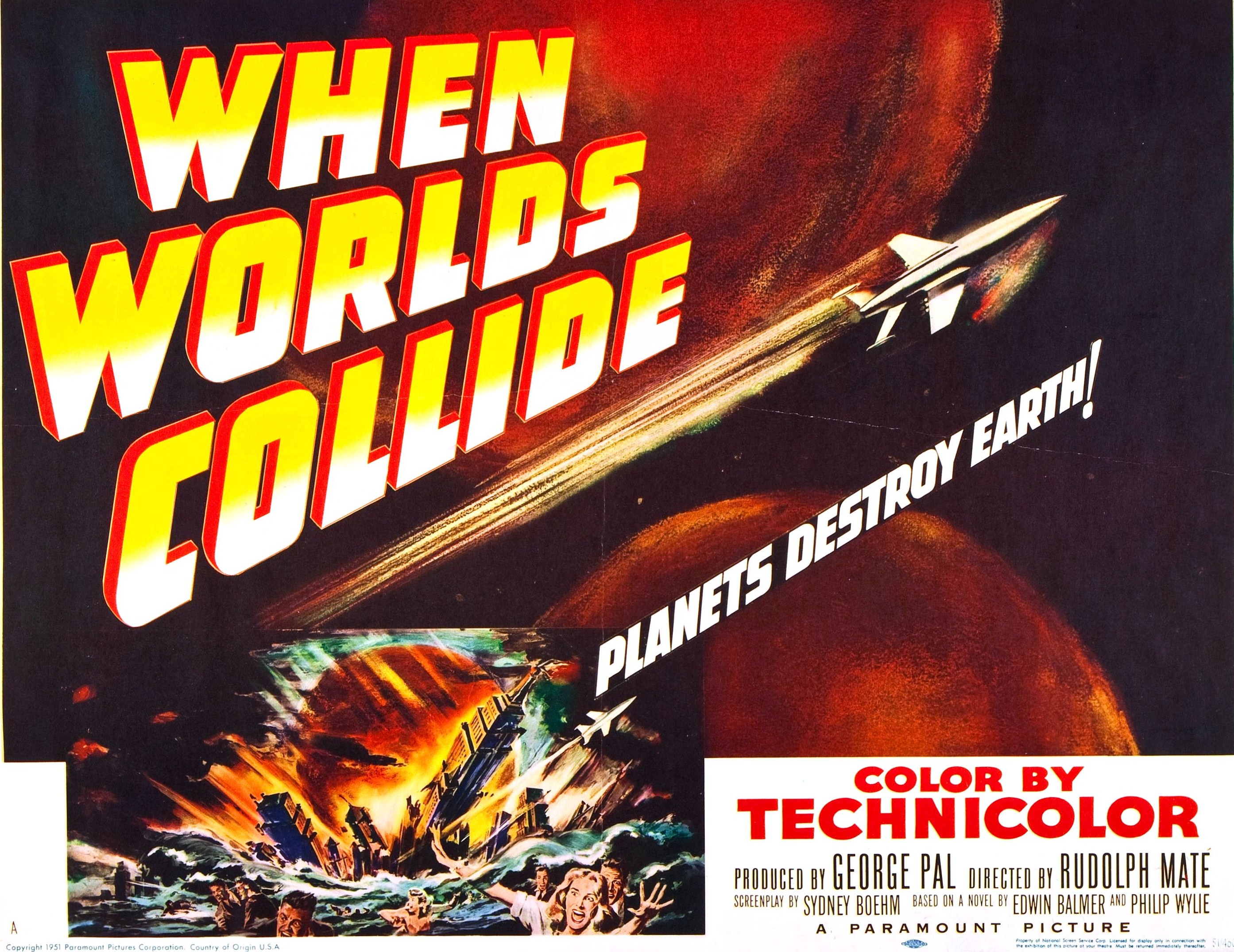
Offline
Like button can go here
#41 2017-01-28 20:57:28
- SpaceNut
- Administrator
- From: New Hampshire
- Registered: 2004-07-22
- Posts: 29,905
Re: Landmaking
Nasa's own satellites tell us that it is happening as the photo's are undoctored of ice caps that are not there, glaciers that are no longer ect.... Temperature that shows we just had one of the warmest world temperatures.from said same constellation of orbiting measuring data collecting instruments....
We are already seeing the coastal effects and in some areas have started to build on stilks, reinforcing sea walls ect...
The cost to live in a shrinking coastal area is already happening....
Offline
Like button can go here
#42 2017-01-28 22:56:15
- Tom Kalbfus
- Banned
- Registered: 2006-08-16
- Posts: 4,401
Re: Landmaking
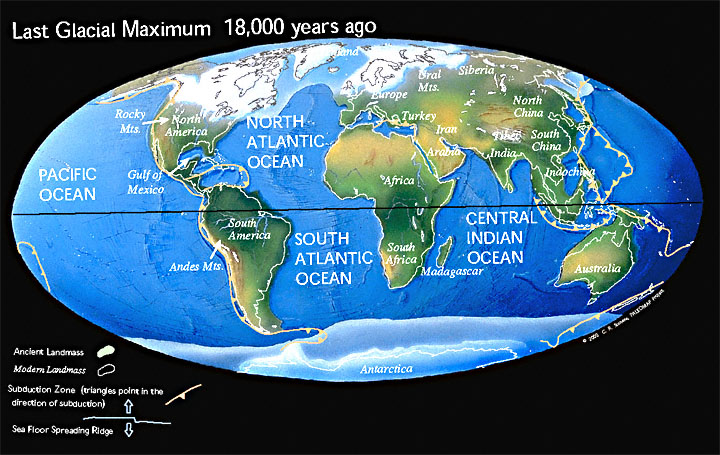
You know of course there has been quite a bit of global warming since 18,000 years ago. The Earth has been warming since before the first civilization rose on the fertile crescent. Since before there was agriculture, and before the Wooly Mammoth went extinct, but you know the time scale in which this global warming occurred, and no one is going to drown in 1 foot of water 1 century from now!
Offline
Like button can go here
#43 2017-01-29 09:50:16
- SpaceNut
- Administrator
- From: New Hampshire
- Registered: 2004-07-22
- Posts: 29,905
Re: Landmaking
Gloabal Ice age to current and we have also had little ice ages as well all through out that period of time. The warming is not linear or cooling predictable for how fast or slow.
https://en.wikipedia.org/wiki/Little_Ice_Age
http://www.meteo.psu.edu/holocene/publi … iceage.pdf
Mans records of these from three particularly cold intervals: one beginning about 1650, another about 1770, and the last in 1850, all separated by intervals of slight warming are just how fast these can cycle....We still do not know the other extreme that can happen....Mans presence with buring of fuels maybe help to control the tipping point while a greater influence comes from non earth and could be more than just the sun.
We can also wonder are there going to be any other events in the near future as well... Is a mini ICE AGE on the way? Scientists warn the sun will 'go to sleep' in 2030 and could cause temperatures to plummet
So how much energy is the change?
when 1 BTU=1 DEGREE FARENHEIT INCREASE IN ONE POUND OF WATER
which also means that 2.2 btu = 1 degree centigrade of water temperature change.
Solar Constant (measured outside the earth's atmosphere by satellite) is about 1.3 kilowatts (1,366 watts) per square meter (kW/m²)
The maximum value is about 1 Kw (1,000 watts) per sq meter, measured at the earth's exposed surface, when the sun is directly overhead.
kWh (kiloWatt hour) to BTU examples:
1 kWh = 3,412 btu's (per square meter when the sun is directly overhead)
90,000 btu's x 0.00029307108 = 26.37 kWh
About 71 percent of the Earth's surface is water-covered, and the oceans hold about 96.5 percent of all Earth's water. If all of Earth's water (oceans, icecaps and glaciers, lakes, rivers, groundwater, and water in the atmosphere was put into a sphere, then the diameter of that water ball would be about 860 miles (about 1,385 kilometers), a bit more than the distance between Salt Lake City, Utah to Topeka, Kansas. The volume of all water would be about 332.5 million cubic miles (mi3), or 1,386 million cubic kilometers (km3). A cubic mile of water equals more than 1.1 trillion gallons. A cubic kilometer of water equals about 264 billion gallons.
About 3,100 mi3 (12,900 km3) of water, mostly in the form of water vapor, is in the atmosphere at any one time. If it all fell as precipitation at once, the Earth would be covered with only about 1 inch of water. Each day, 280 mi3 (1,170 km3)of water evaporate or transpire into the atmosphere.
So it is just a 1 degree in either scale that is the tipping point where it is only near freezing for a distance from what is already frozen that is changing. With the warmer it is the more energy needs to change....
Offline
Like button can go here
#44 2017-01-29 10:08:03
- SpaceNut
- Administrator
- From: New Hampshire
- Registered: 2004-07-22
- Posts: 29,905
Re: Landmaking
So back to what make land as we have seen it can be not only describe as a suface where we can live in comfort...
I does not mean that we are looking to make soil persay.
This can be inside a ice chamber, inside a large bottle under the oceans, and even floating on the waves of the oceans.
Land creation is just a means to carve out a space to which we can live comfortably within...
Offline
Like button can go here
#45 2017-01-30 21:07:57
- SpaceNut
- Administrator
- From: New Hampshire
- Registered: 2004-07-22
- Posts: 29,905
Re: Landmaking
Freind from across the pond
French Polynesia has signed a deal with the Seasteading institue to build the worlds first Floating city.
French Polynesia is facing the issue of rising sea levels and erosion due to coral bleaching.
What will happen when someone with enough money decides to build there own city and Nation,
Offline
Like button can go here
#46 2017-01-30 21:20:00
- SpaceNut
- Administrator
- From: New Hampshire
- Registered: 2004-07-22
- Posts: 29,905
Re: Landmaking
https://www.seasteading.org/2016/09/fre … aboration/
http://reason.com/blog/2017/01/13/seast … -agreement
The Government of French Polynesia has expressed its interest in the issues of climate change...The government of French Polynesia recognizes that the rising waters threaten its lands, its inhabitants and their precious way of life...the Government of French Polynesia publicly committed to "make every effort to preserve the Polynesian natural and cultural heritage to become a global showcase of sustainable development".
http://www.news.com.au/finance/stunning … 9d0a5caf56
Offline
Like button can go here
#47 2017-02-02 12:10:29
- karov
- Member
- From: Bulgaria
- Registered: 2004-06-03
- Posts: 953
Re: Landmaking
"BUY land, advised Mark Twain; they’re not making it any more."
![]()
In fact - ... yet.
I have a question - how big qualifies for 'outdoors'?
Offline
Like button can go here
#48 2017-02-02 18:05:22
- Void
- Member
- Registered: 2011-12-29
- Posts: 9,073
Re: Landmaking
Per Karov
"BUY land, advised Mark Twain; they’re not making it any more."
In fact - ... yet.
I have a question - how big qualifies for 'outdoors'?
I think that that is a state of mind.
I took care of a cat for a relative who was unable. That relative suggested that I should take the cat out on my deck on a leash.
I tried it and the cat did not seem to like it.
Another time I took the cat out on a leash, and put it under a tree. It just cried and cried. I found out that it was a rescue cat. So, I suppose it thought it was being abandoned. To it the "Outside" was too big.
It was happy to look out the window though, poop on my carpets, and visit me as soon as I came home. So, that cat was happy inside a house, not a particularly large one. Nice cat after all, I miss her.
People are likely to be similar. Some want more space and are claustrophobic, and some perfectly happy in small quarters.
I suspect that nature will tend to favor those who are not claustrophobic, and who can be psychologically stable in smaller spaces.
Last edited by Void (2017-02-02 18:05:56)
Is it possible that the root of political science claims is to produce white collar jobs for people who paid for an education and do not want a real job?
Online
Like button can go here
#49 2017-02-02 18:37:49
- SpaceNut
- Administrator
- From: New Hampshire
- Registered: 2004-07-22
- Posts: 29,905
Re: Landmaking
It is also depends on what you want to be doing, playing a game of soccer, baseball ect or hiking on flat land as there will only be small hill if any on this new land.
Offline
Like button can go here
#50 2017-02-03 05:42:56
- elderflower
- Member
- Registered: 2016-06-19
- Posts: 1,262
Re: Landmaking
There isn't a shortage of land on Earth. Just a shortage of space where people currently want to live. There is the Arctic and Antarctic, extensive deserts and very mountainous areas where few people- or none at all, live at this time. Greening the deserts is probably the easiest solution to the demand for more land. It just requires money, nergy and effort. We already have adequate technology.
It doesn't eliminate the risk of humanity going the way of the dinosaurs, though.
Offline
Like button can go here

